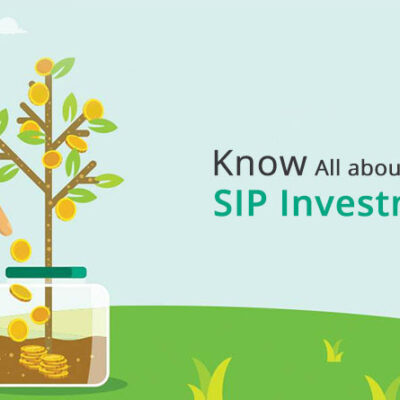A decade ago RBI introduced NEFT and RTGS, followed by NPCI introducing IMPS, and this was a start of digital or online banking and since then the banking sector has seen a paradigm shift. The next stage of evolution was from internet banking to API-led banking.
Banks are now convinced that in order to extend their banking solutions and achieve true financial inclusion beyond their own channels they need strong partnership with Fintech with API.
With a growing number of consumers using online and mobile financial apps to manage their money, commercial banks seem more likely to open their financial world to third parties to help them make their financial life faster and easier.
Over the past two years, digital transformation has reached unprecedented levels in businesses across all industries as organizations pivoted in the face of the pandemic. Digital transformation or digital will become a use to term for many in 2021 and it will continue in 2022 with more advanced technology.
API (Application Programming Interface) traditionally pertains to the tech interface between software programs. This interfacing ability facilitates a third-party application, Fintech like PaySprint, to synchronize and connect to a bank’s tools and services. The top private banks in India who have opened up their APIs to FinTechs in order to offer better services to the consumer are Kotak Mahindra Bank, Yes Bank, HDFC Bank, and ICICI Bank.
With 60 percent of Indians live in rural India, it has a significant impact on the economic progress of the country, and with the emerging changes of ICT penetration, and the impact of demonetisation and COVID, alongside the digital initiatives carried out for rural segments, the need for improving the trends of digital payments model in rural India is very important.
In a report released in September 2021, the European Banking Authority has identified a rapid growth in the use of digital platforms to ‘bridge’ customers and financial institutions. Platformization presents a range of potential opportunities for both EU customers and financial institutions.
Embedded finance is perceived as a threat to incumbent financial institutions, but they can capitalize on this opportunity by creating new distribution channels for their products and services and/or replicate the approach by embedding fintech products into their own digital banking platforms.
According to research conducted by Accenture in 2021, 76% of banks worldwide expect customer adoption and open banking API usage to increase by 50% or more in the next three to five years.
There will be more innovation opportunities for the payment space in future as according to statistics, the global digital payment market size is expected to grow at a CAGR of 15.2% between 2021-2026. Also known as “tech companies with a banking license”, neobanks rapidly grew a customer base by serving a niched portion of the market really well. Banks will likely spend more on migrating their platforms to the cloud in 2022.
Beside all this now many big bulls are into payment service like whatsapp, jio and there is aadhar based payment solution also contributing their role in digital payment. Though the Indian Economy is cash oriented however, demonetization and the pandemic has opened the door for transition towards digital economy however, the adoption towards digital is slow but trending. RBI issuing payment bank licenses to many Fintech companies like Paytm, Fino, who are leading the foray of digital payment options available for stakeholders like merchants and consumers.








